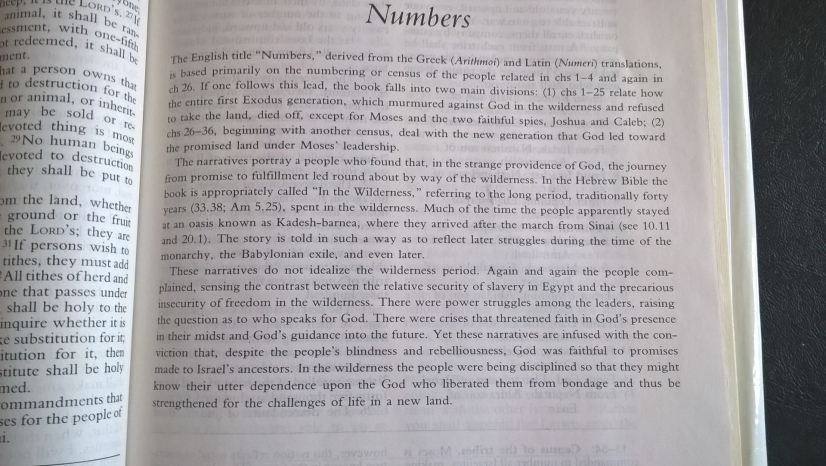Last Sunday I preached a sermon on "a woman with an issue of blood." It was a somewhat experimental approach, centring on the shocking nature of the story, and the shocking reality of what the woman had already endured before, having touched Jesus' garment, her condition was exposed as, falling at Jesus' feet, she told her story.
In the sermon I alluded to two photographs that, having sounded out other women ministers, I opted not to use as illustrations. As is the way of these things, the story of their discomfort in response to the images was a helpful 'way in' to a story that is shocking precisely because it challenges the taboo around menstruation, gynaecological issues and the like.
I haven't had much feedback as yet. A small number of people did say they loved it and/or found it helpful, a smaller number have hinted at disquiet with the whole endeavour, and each of these is fine. It's a shocking story, the poor woman has been forced to live outside polite society for 12 years and now, in a moment, she is blurting out the whole tale to a huge crowd. It's shocking because Jesus, whom she has touched and therefore defiled, calls her 'daughter', credits her new-found wellness with faith and dismisses her in peace. It's shocking because is shames the culture that says menstruation of gynaelcological conditions or stomas or catheters, or whatever it may be, are shameful.... private, yes; personal, for sure, shameful, no, no, no! It is shocking because it exposes the fear of exposure, even perhaps exposes exposure for what it is, and in so doing subverts it.
For once I will make no apology to anyone who was discomfitted or worse... the whole point of this story is precisely that is discomforts us, disturbs us, challenges us... And for those among us who live with hidden, unmentionable conditions, or even the perfectly natural process of menstruation, it offers the gentle embrace of a Lord who calls us 'daughter', 'son'; who cannot be defiled by our touch, but, mysteriously transforms it for our own well-being.
Two more sermons in this series. Adultery and demons... watch this space!
Oh yes, the photos... fairly small versions, and feel free to look away now if menstrual blood embarasses or offends...


